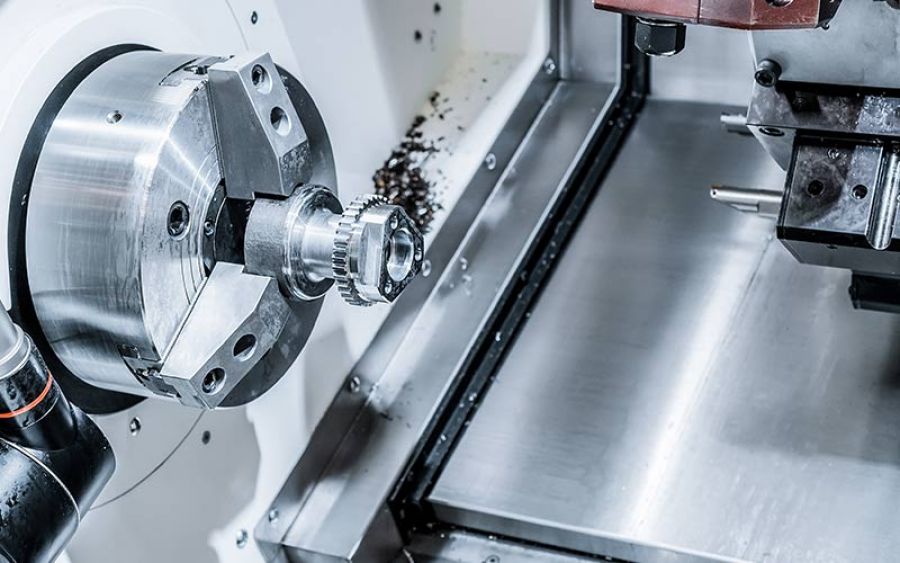
Discuss the selection of impeller blade cutters from many aspects
The integral impeller is a typical five-axis machining part, and how to compile a correct and efficient program is the key technology for machining.
In addition, let's take a look at the down-to-earth gameplay of the five-axis programming of the Royal Diamond:
Side-edge machining
Compared with machining with the bottom edge of the tool, machining with the side edge of the tool can obtain a smoother machined surface. It is suitable for the finishing of complex cavity workpieces in the aerospace industry. Imperial Drill offers dedicated features to prevent gouging at the bottom of the tool and part pocket, programming of side edge machining based on surface or wireframe data, and a choice of tool types, including tapered cutters.
Five-axis linkage efficient roughing
The five-axis linkage roughing of the Royal Drill adopts a fully automatic cutter shaft control mode, which avoids drastic changes of the cutter shaft in the roughing process.
Five-axis toolpaths are made with three-axis toolpaths
For some workpieces, we can start by programming a three-axis toolpath:
It can then be converted to a 5-axis toolpath in the multi-axis module of the Royal Diamond.
The new 5-axis toolpath automatically produces the tooling spindle and re-optimizes the raw toolpath data, and includes full 5-axis collision detection.
The use of "3-axis to 5-axis" simplifies the difficulty of 5-axis programming and improves the programming speed. This function supports the conversion of all three-axis toolpaths, and the generated five-axis toolpaths are fast, safe and reliable, without worrying about overcutting.
The cutter shaft is automatically avoided
When programming 5-axis, we often have to consider the interference between the tool axis and the workpiece in the toolpath.
When using the Royal Drill for 5-axis programming, we can set the forward tilt and roll angles of the cutter shaft to automatically adjust the forward tilt and roll angles of the cutter shaft, and automatically tilt the cutter shaft according to the specified tolerance in the area where collision may occur to avoid collisions; After cutting through the collision area, the tool axis is automatically adjusted back to the original set angle, so as to avoid collision between the tool and the workpiece.
In this way, is it easier to weave a five-axis toolpath?
Tool cutting point control
Tool cutting point control can ensure that the cutting point of the tool is in contact with the surface of the part without changing any parameters, avoiding cutting traps.
The drill can control the feed rate between specified areas and specified connections or section connections, so that the toolpath cuts into the workpiece more smoothly.
Toolpath point distribution optimization
Toolpath point distribution optimization allows you to control the number of passes on each toolpath. Combined with the excellent big data processing capabilities of advanced machine tools, we can increase the number of pass nodes in the toolpath and control the way the pass points are distributed.
Increasing the number of pass nodes in the toolpath can make the toolpath points more evenly distributed, make the tool axis move more smoothly during five-axis machining, and reduce vibration during machining. This means:
- Further improvement of finished surface quality;
- Stable tool load, reduced tool wear rate;
Stable machining, the machine maintains high-precision operation.